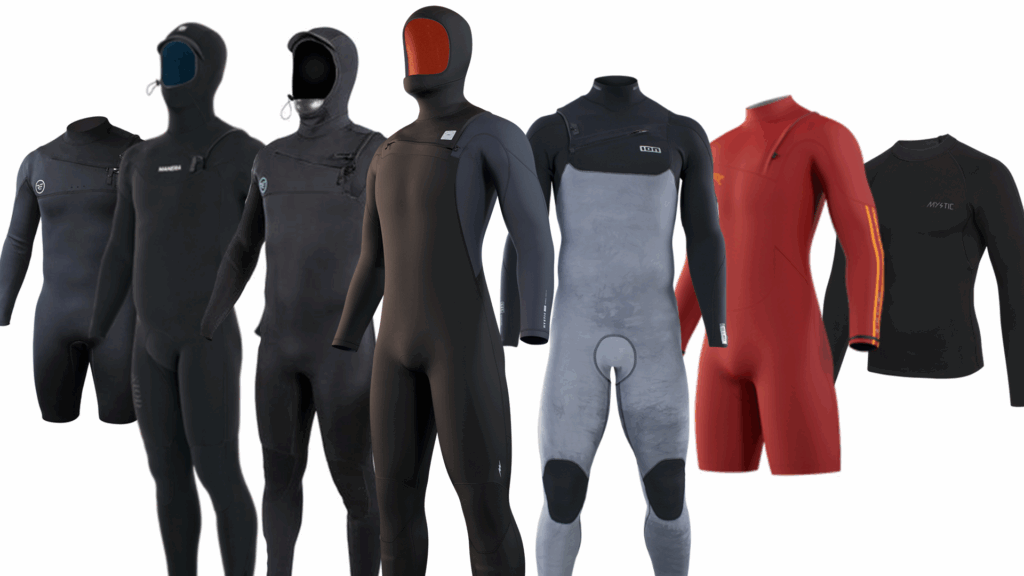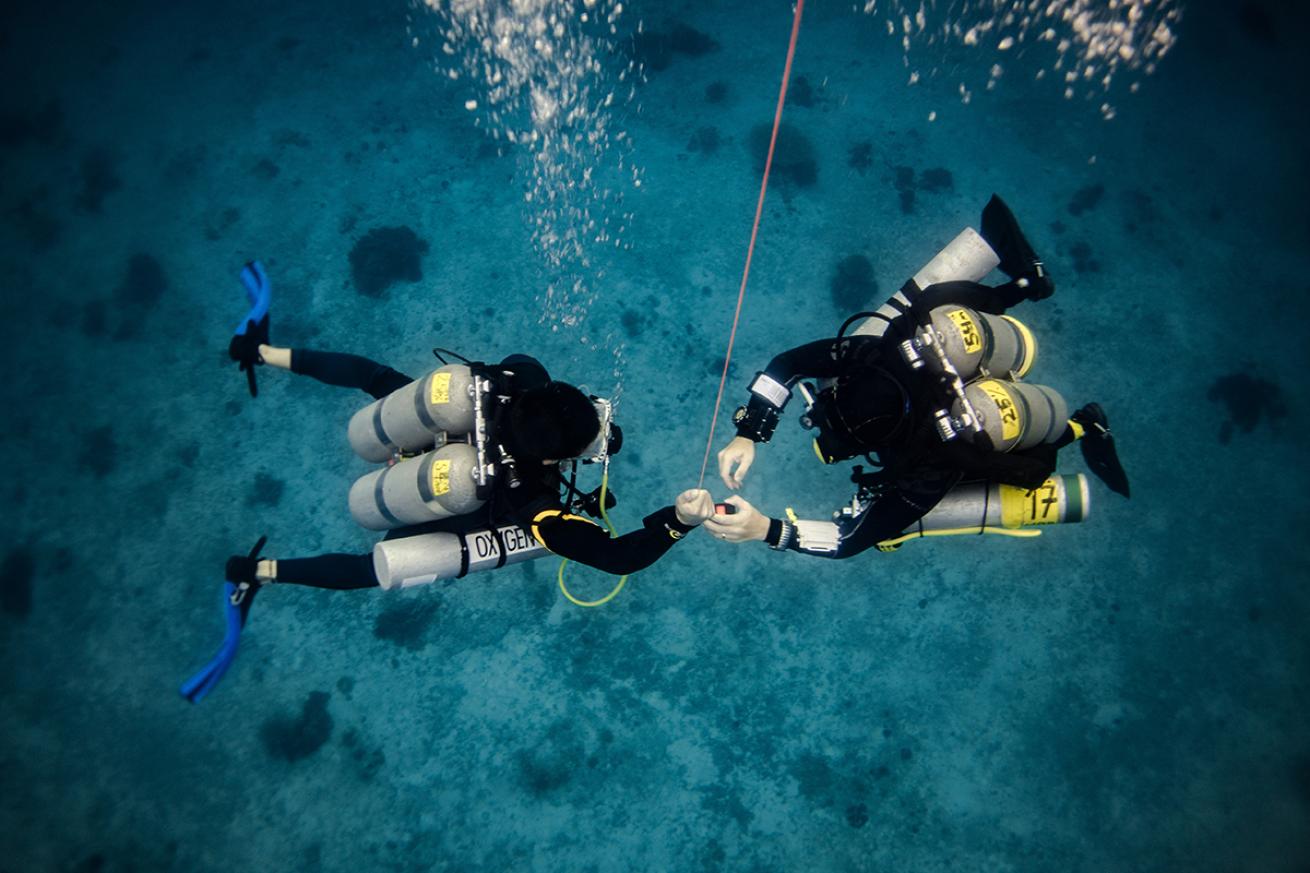Whether you’re a diver, surfer, or adventure enthusiast, understanding what wetsuits are made of is essential. The materials used in wetsuits directly affect comfort, flexibility, insulation, and overall performance in water sports. In this guide, we’ll explore the key materials, how they work, and what makes each one unique.
Introduction to Wetsuit Materials

Table of Contents
Wetsuits are specially designed suits that protect you from cold water, UV rays, and abrasions while enhancing buoyancy. The materials used play a vital role in keeping you warm and comfortable. While there are a few options available, neoprene is the most common and widely used material.
The choice of material affects not just warmth, but also flexibility, durability, and eco-friendliness, making it important to understand the differences when selecting a wetsuit.
Neoprene: The Traditional Choice
What is Neoprene?
Neoprene is a synthetic rubber material that has been the backbone of wetsuit construction for decades. It is lightweight, durable, and offers excellent insulation by trapping a thin layer of water between the body and the suit, which then warms up from body heat.
History and Development of Neoprene
Developed in the 1930s, neoprene became the standard material for wetsuits in the 1950s thanks to its unique thermal properties and flexibility. Today, it remains the top choice for professional and recreational water sports enthusiasts.
Properties of Neoprene
- Thermal Insulation: Keeps you warm in cold water.
- Flexibility: Allows freedom of movement for swimming, surfing, and diving.
- Durability: Resistant to wear, UV rays, and saltwater damage.
Types of Neoprene
- SBR Neoprene: Standard neoprene used for recreational wetsuits; offers basic insulation and flexibility.
- CR Neoprene: Higher-quality neoprene with better stretch, warmth, and durability, ideal for professional divers and surfers.
Eco-Friendly Alternatives to Neoprene
With the rise of sustainability, several brands now use eco-friendly materials as alternatives to traditional neoprene.
Yulex Natural Rubber
Yulex is a plant-based, natural rubber that provides similar insulation and flexibility as neoprene but with a much lower environmental impact. It is biodegradable and derived from sustainable sources, making it a popular choice for eco-conscious water enthusiasts.
Bioprene and Other Natural Materials
Bioprene and other natural rubbers are created through environmentally friendly processes. They reduce carbon footprint, chemical usage, and offer a sustainable option without compromising performance.
Wetsuit Construction and Design
The material is just one part of a wetsuit’s performance. How it is constructed also matters.
- Single-lined vs. Double-lined: Double-lined suits provide extra warmth, while single-lined are lighter and more flexible.
- Seam Construction: Glued and blind-stitched seams prevent water from seeping in, whereas flatlock seams are more breathable but less insulating.
- Zipper Types: Back-zip, chest-zip, or zipperless designs influence flexibility and ease of wear.
How Wetsuit Materials Affect Performance
Choosing the right material impacts your water experience:
- Thermal Insulation: Keeps your body temperature stable in cold water.
- Flexibility: Essential for swimming, paddling, and diving.
- Durability: High-quality materials resist tears, punctures, and UV damage, extending the wetsuit’s lifespan.
Frequently Asked Questions (FAQ)
Q1: What material is used for wetsuits?
Most wetsuits are made from neoprene, a synthetic rubber material. Some modern wetsuits now use eco-friendly alternatives like Yulex and bioprene. These materials offer insulation, flexibility, and durability.
Q2: Do guys wear anything under a wetsuit?
Yes, some people wear a thin layer of swimwear or a rash guard under a wetsuit for added comfort, reducing chafing, and improving hygiene.
Q3: Why are wetsuits only black?
Black wetsuits absorb more heat from sunlight, helping to keep the wearer warm. Additionally, black hides wear and tear better and is easier to produce consistently.
Q4: What are wetsuits made of neoprene?
Neoprene wetsuits are made from closed-cell foam rubber. They trap a layer of water between the body and suit, which warms up and provides insulation.
Q5: How do wetsuits work?
Wetsuits work by trapping a thin layer of water between the suit and your skin. Your body heats this water, which then acts as an insulating layer to keep you warm while maintaining flexibility.
Conclusion
Understanding what wetsuits are made of helps you choose the right suit for your activity and environment. Whether you select classic neoprene or eco-friendly alternatives like Yulex, the key factors are warmth, flexibility, and durability.
For divers, always prioritize material quality and fit, and check out What Should Divers Do for Their Own Safety for expert safety tips before your next adventure.




